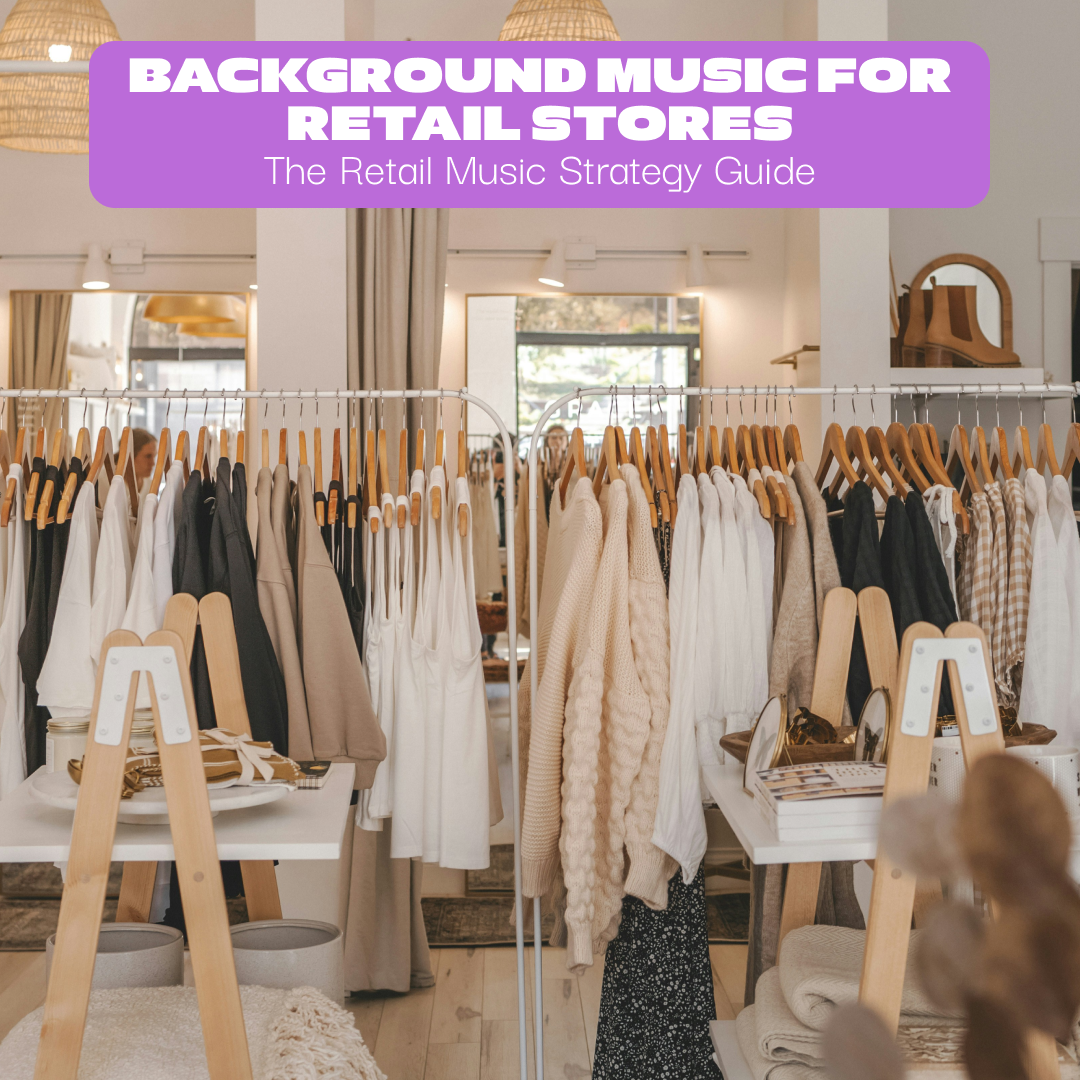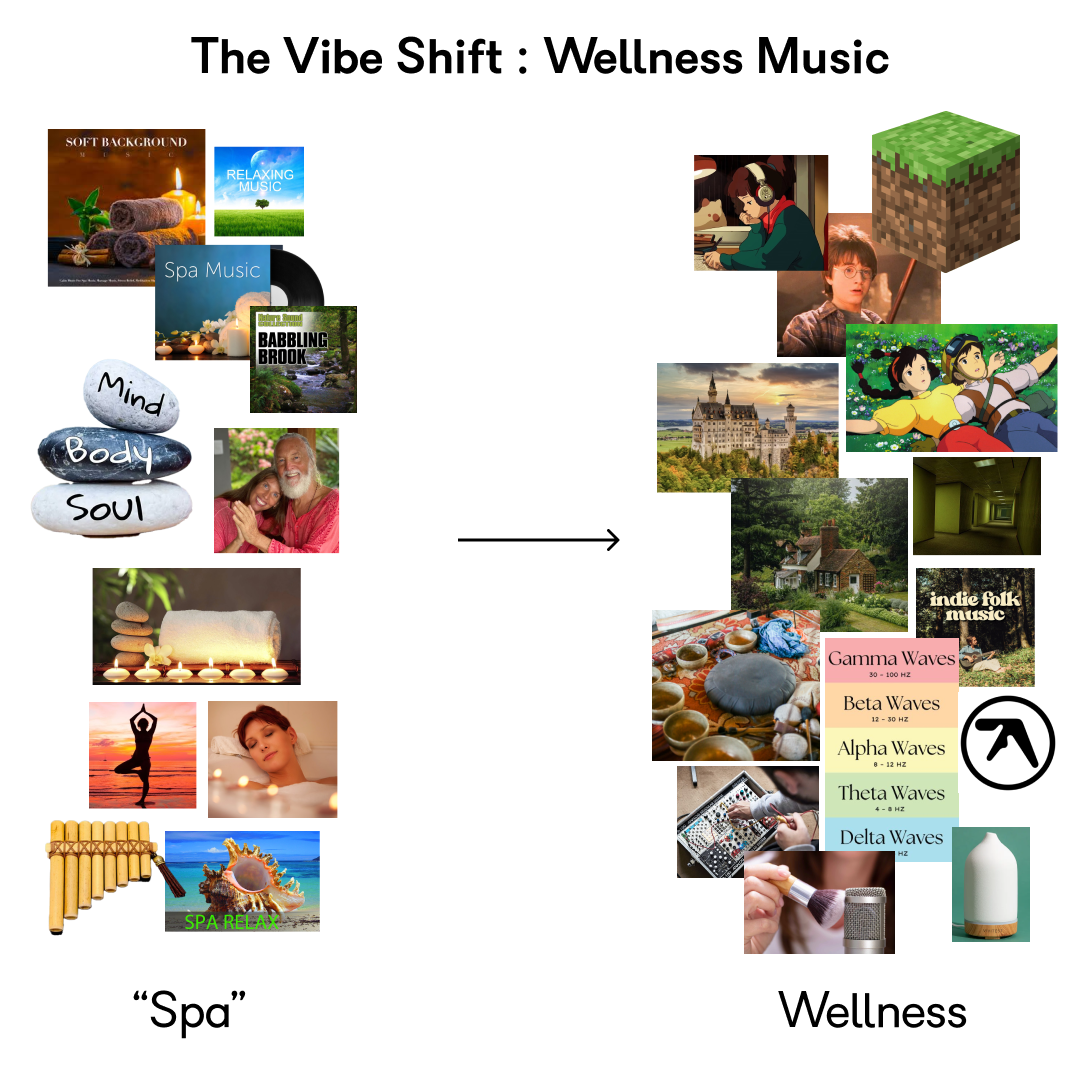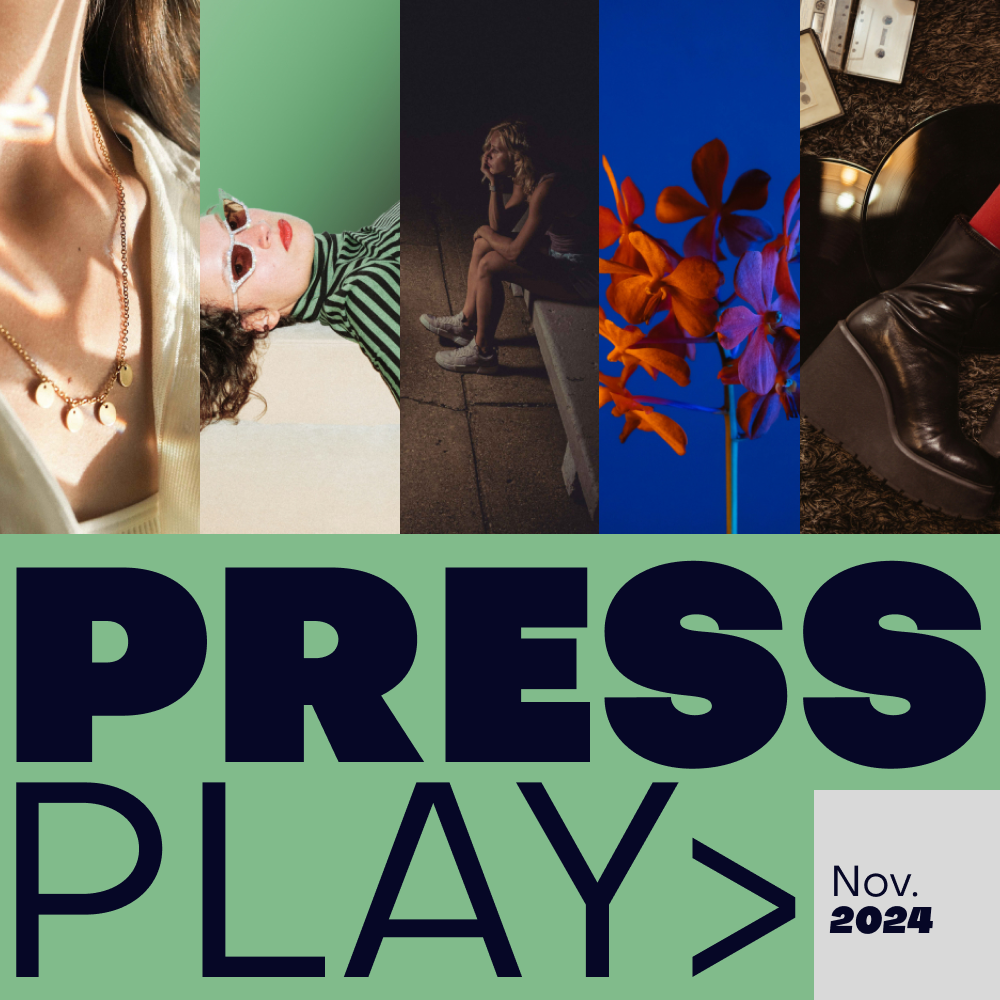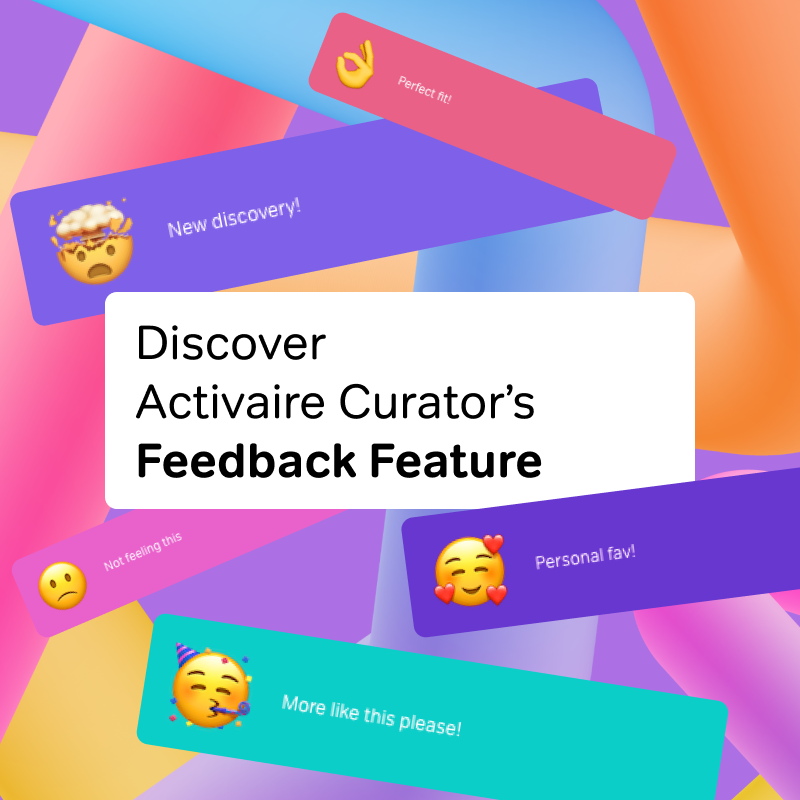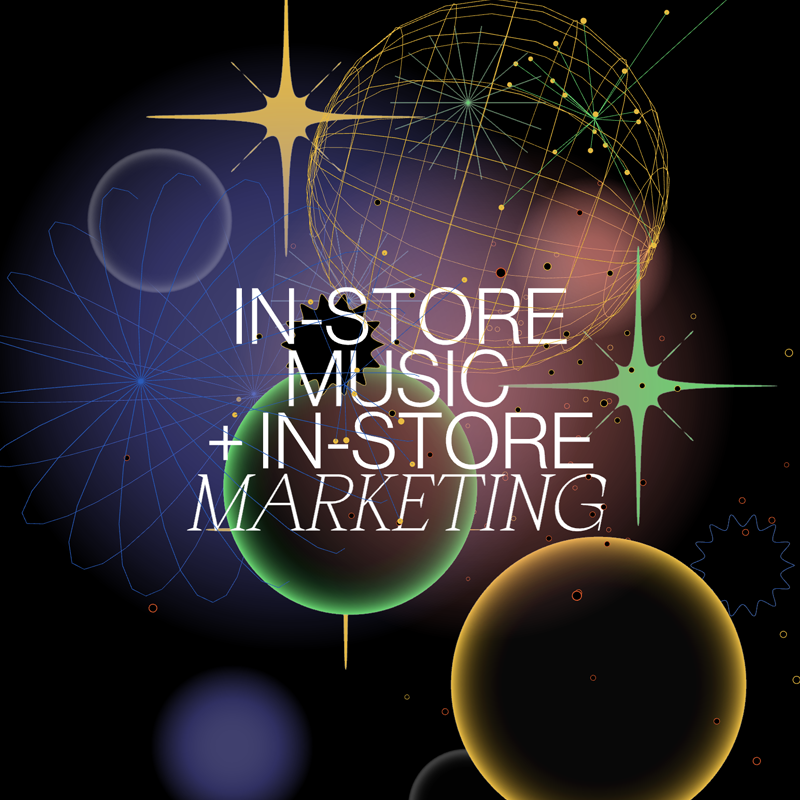Create a Winning In-Store Music Experience
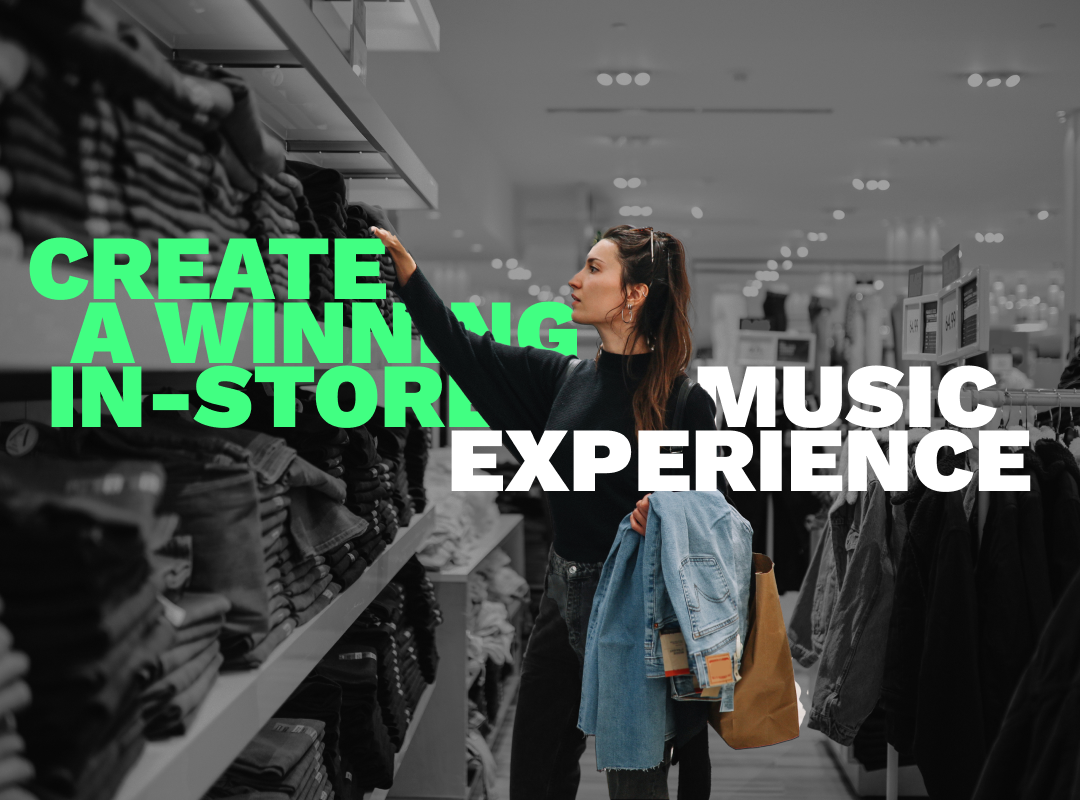
Crafting a memorable shopping experience is all about getting the details right, and a well-executed in-store music experience is a key piece of the puzzle. Music isn’t just background noise—it’s a powerful tool that shapes the mood of your store and influences how customers feel and behave. The right in-store music can completely transform your space, creating an inviting atmosphere that encourages shoppers to stay longer and spend more. For instance, slower-tempo music can slow down the pace, leading to more browsing and higher sales of premium items, while upbeat tracks can inject a sense of urgency, prompting quicker decisions. When your music aligns with your brand’s identity, it deepens customer engagement and strengthens your brand image, helping your store stand out and resonate more with shoppers.
When choosing a music solution, go for services that offer flexibility, expert curation, and a real understanding of your brand’s unique vibe. Professional in-store music providers, especially those offering custom playlists, ensure that the music reflects your brand’s values and strikes a chord with your target audience. Harnessing technology, like centralized music control systems, helps maintain a consistent brand experience across multiple locations, while data-driven insights can fine-tune your in-store music experience. And let’s not forget compliance—making sure you’re playing by the rules with licensing laws is a must. Investing in a strategic approach to in-store music can set your store apart, boost sales, and create lasting customer connections.
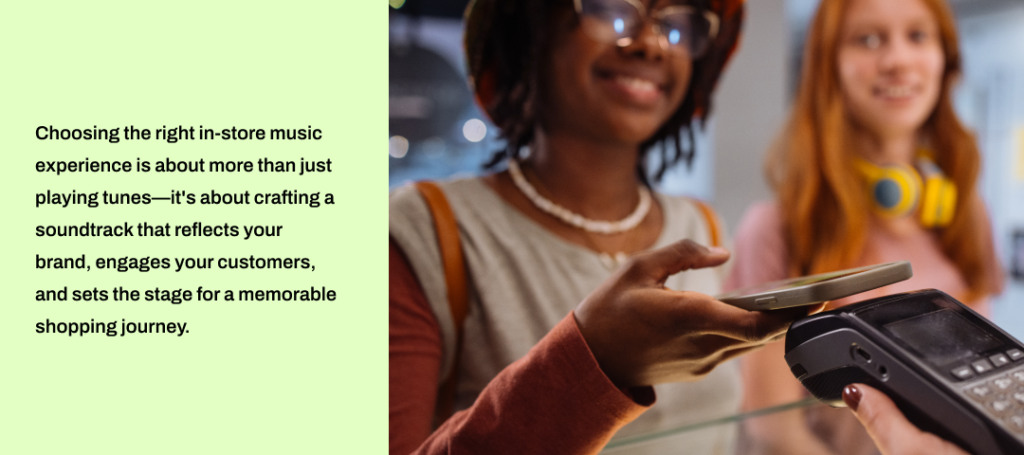
The Power of In-Store Music
Music has a huge impact on the retail environment by shaping emotions and influencing the customer experience. It affects how long customers linger, their mood, and even their buying behavior. Studies show that slower-tempo music can encourage leisurely browsing, which often translates to increased sales of higher-end items. On the flip side, more upbeat music can create a sense of urgency, leading to quicker purchases. Music also enhances the overall brand experience, making stores feel more inviting, energetic, or exclusive. Retailers who strategically use in-store music can strengthen their brand’s image and build stronger, more emotional connections with their customers.
Nail Down Your Brand’s Sound
Nailing down your brand’s sound is the first step to a winning in-store music experience. This means picking genres, artists, and styles that match your brand’s identity and appeal to your target audience. Start by gathering insights from your customers—surveys or focus groups can help you understand what kind of music resonates with them. For instance, a high-end fashion retailer might lean into classical or jazz music to convey sophistication and elegance, while a trendy, youthful store might go for pop hits to create a lively, upbeat vibe. The goal is to choose music that not only aligns with your brand’s values but also enhances the overall shopping experience.
Leveraging Technology in Your Music Strategy
Technology has revolutionized how retailers manage their in-store music experiences. Today’s tools and platforms offer advanced ways to curate and control the music playing in your store, making it easier than ever to set the right mood. Centralized music control systems, for example, let you manage playlists across all your locations from one central hub, ensuring a consistent brand experience. This technology also allows for real-time tweaks, letting you adjust the music to suit different times of day, local events, or shifting customer demographics. By staying on top of these technological trends, you can make sure your in-store music experience stays fresh, relevant, and engaging.
Centralized Music Control for Consistent Branding
Consistency is key when it comes to music across multiple store locations. Centralized music control systems make this a breeze by letting retailers manage playlists from a single platform. This ensures customers get a seamless brand experience, no matter which store they visit. Plus, these systems allow for real-time updates, so you can easily tweak the music to match specific events, times of day, or regional preferences. For example, you might want to switch up the playlist for holiday shopping periods or special local events while keeping a consistent overall vibe across all your stores.
Data-Driven Insights for Better Music Choices
Incorporating data analytics into your in-store music experience gives you valuable insights into how different types of music impact customer behavior. By digging into data like shopping patterns, dwell time, and sales figures, you can fine-tune your music choices to boost performance. Say your data shows that a certain playlist drives higher sales during peak hours—you can then schedule that playlist during those times to maximize impact. Customer feedback, whether gathered through surveys or social media, can also help you gauge how well your music aligns with their tastes and perceptions of your brand. A data-driven approach allows for ongoing adjustments, ensuring your in-store music experience stays effective and on point.
Navigating Music Licensing and Compliance
Getting a handle on music licensing is a critical part of any in-store music experience. Playing music in a commercial setting means you need the proper licenses to avoid legal trouble and fines. Many professional music services offer fully licensed music libraries, making compliance easier for retailers. These services handle all the legal stuff, so you can focus on crafting the perfect playlist without worrying about getting in trouble. Knowing the different types of music licenses and how to get them is key to keeping your operations running smoothly.
Support and Training for Effective Implementation
Rolling out a successful in-store music experience also hinges on proper support and training for your team. Make sure your staff knows how to use the music system and adapt to any changes in playlists or music policies. Clear guidelines and regular training sessions help keep your music strategy effective and ensure a smooth experience for both employees and customers. Good support also includes troubleshooting and tech assistance to handle any issues that might pop up with the music system.
Monitor and Adapt Your In-Store Music Experience
Keeping your in-store music experience effective means constantly monitoring and tweaking it. Track key metrics like sales data, customer dwell time, and feedback to see how the music is influencing customer behavior. Regularly update your playlists to keep the music fresh and aligned with your business goals. This might mean experimenting with different genres, tempos, or even seasonal music. Staying flexible and responsive to both performance data and customer feedback ensures your in-store music strategy continues to deliver a great shopping experience.
Ensuring a Consistent Experience Across All Locations
For retailers with multiple locations, ensuring consistency in the music experience is crucial for reinforcing brand identity. Centralized music control systems help maintain this consistency, but don’t overlook the importance of some local customization. Balancing uniformity with regional flavor ensures that while your overall brand experience remains cohesive, the music can adapt to local preferences or specific store events. For example, you might have a core playlist that’s the same everywhere but tweak it for local holidays or events to make the shopping experience more personalized.
The Power of Custom Playlists
As you explore your options for in-store music, you’ll find everything from basic, off-the-shelf playlists to highly customized music services. While generic playlists are convenient, they often lack the depth needed to truly reflect your brand’s unique identity. This is where custom playlists come in.
Custom playlists are tailored specifically to your brand’s needs, creating a cohesive auditory experience that resonates with your target audience. By collaborating with music curators who understand your brand’s story and values, you can craft playlists that evoke the right emotions in your customers—whether it’s a sense of luxury, excitement, or calm. This level of customization ensures that every song played in your store enhances the overall shopping experience, making your brand more memorable and appealing.
Plus, custom playlists can easily adapt to different times of day, seasons, or special events, keeping the music fresh and relevant. This adaptability doesn’t just enhance the customer experience—it also helps keep your employees motivated and engaged, contributing to a positive work environment.
Key Takeaways
Activaire is the best solution for enhancing your in-store music experience because it offers expertly curated playlists that align perfectly with your brand’s identity and resonate with your target audience. Unlike generic algorithm-based services, Activaire provides a customized music strategy that adapts to different times of day, seasons, and events, ensuring a fresh and engaging atmosphere. With centralized control and legal compliance, Activaire simplifies music management across multiple locations, maintaining consistency and boosting brand cohesion. By choosing Activaire, you gain a strategic partner dedicated to elevating your retail environment and driving customer loyalty.

